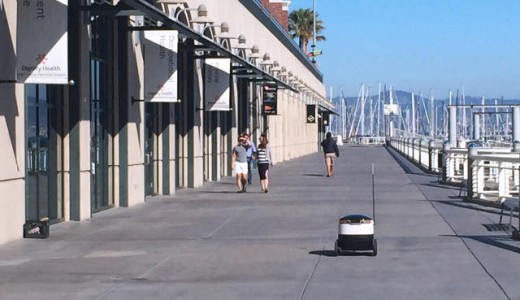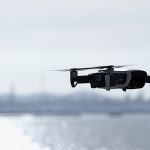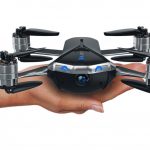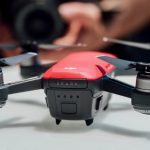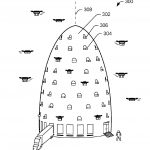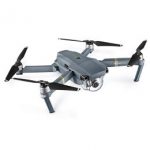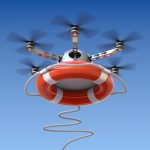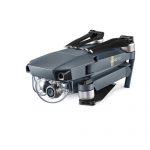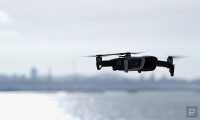Drones vs. Robots: The battle For Our supply Future Is On
Amazon is banking on flying drones to be the supply system of the long run, but the founders of Skype have a more earthbound concept.
November 3, 2015
on the grounds that Amazon first pointed out its plan to one day deliver packages by drone, the arena has been captivated with that vision of the long run. however a new company started by way of two of Skype’s cofounders thinks the actual future of small cargo delivery is in self reliant robots.
founded through Skype cofounders Ahti Heinla and Janus Friis, Starship applied sciences is as of late unveiling its imaginative and prescient of a delivery robotic, a small, six-wheeled tool capable of carrying as so much as 20 kilos as much as a mile or extra from a valuable provider hub.
Starship’s price proposition is that its robots can make its deliveries—it is aiming first at the grocery market, but additionally imagines working with standard applications—at between 5 and 15 instances less expensive than human supply products and services. the place the common delivery fee could be between $5 and $15, Starship thinks it might probably minimize that value to $1 per trip.
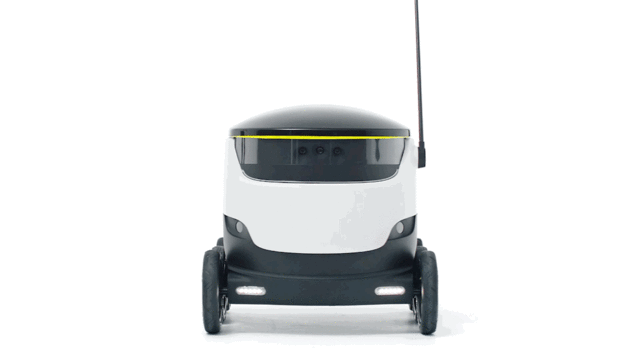
“every year,” says Starship chief industrial officer Keith Cornell, “americans and Europeans receive about 20 billion deliveries, they usually mix to make about one hundred thirty billion trips to pick up issues like groceries or different small items.”
“Our idea,” Cornell tells fast company, “is to alter the dynamics of that closing mile thru the use of robots.”
Starship’s gadget is discreet: users would location an order for, say, groceries, and with the company’s mobile app—or that of certainly one of its consumers—then make a choice a supply time after they know they’ll be home. Starship says the web-connected robotic can handle as much as two baggage of groceries and as so much as 95% of applications.
at the exact hour, a Starship robotic would head out from a centralized hub, navigate the streets with a purpose to the client’s residence, and then complete the supply.
whereas Starship is hoping its robots will quickly be making grocery and package drop-offs all all over the world, the corporate isn’t aiming at dense city environments. rather, it’s shooting for areas with round 1,000 households per sq. mile, a ways lower than a city center. That’s because its robots can’t deal with the site visitors and pedestrian complexities of such environments.
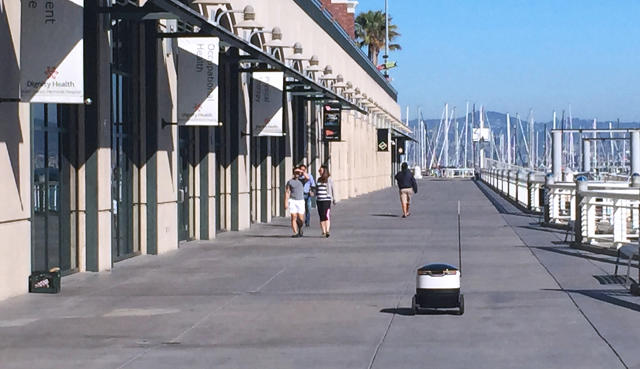
but much less dense cities and the suburbs are right in its wheelhouse. due to a sequence of cameras and sensors positioned throughout the small software, it is meant so that you could navigate safely down sidewalks and across streets on its approach to clients’ properties.
Starship’s business plan revolves round huge outlets—grocery chains, supply corporations, and others—contracting to make use of its robots. those retailers would ideally function their very own carrier hubs, out of which the robots would function. in many circumstances, the corporate says, those shoppers would incorporate the end-consumer tools for ordering a Starship supply into their mobile apps.
the corporate, primarily based in London (with places of work in Estonia and the us), is planning on launching two 5-robotic pilot initiatives subsequent yr, even if it gained’t name its inaugural companions. It also hopes to initiate full-scale commercial operations in 2017.
ready to Take Over
in line with Heinla, Starship’s robots are capable of recognizing and heading off most barriers, including people or pets, as well as obeying site visitors lights and ideas.
For the most part, workers based totally at a hub would first map an entire service space, allowing the robots to operate on roads identified to be protected.
“it is not in reality making these choices on its own,” Heinla mentioned. “it’s going to handiest pass [streets] in locations the place human mappers have specific it’s a protected crossing situation.”
In some cases, then again, the robots may come across situations they don’t recognize methods to deal with. When that happens, a human operator at the local hub—who is ready to see all around the robotic because of is many onboard cameras—can take over through directing the tool across the main issue.
Starship knows that many individuals concern what would occur if the robot is stolen. In that state of affairs, the corporate says, a human operator may talk to the thief by way of built-in speakers, telling them that, due to GPS onboard the robotic, police are on the way in which.
The purpose, Heinla says, is for the robots to operate autonomously 99% of the time. Ideally, he stated, just 1% of journeys would contain human intervention. during the early pilots, the robots would probably be managed by people about half of the time, even supposing Cornell says the corporate hopes to lift that quantity to 90% by the tip of 2016.
regulations
the company can be mindful that different cities, states, and international locations have extensively differing laws governing issues like independent robots. but chief working officer Allan Martinson says that Starship believes it has “substantial operational freedom in lots of, many parts of the arena.”
In some cases, in keeping with Martinson, Starship has already bought written permission from municipalities to function its robots. Others locations have no current vehicle codes that control the units. but Martinson admitted that in some places, it’s going to be vital to work with regulators to plan ideas permitting the robots.
“It’s now not a automobile,” he said. “It’s no longer intended for use on streets. It’s meant for use on sidewalks. This excludes it from being defined as a automotive.”
of course, the robots must cross streets, which would almost undoubtedly require them to be regulated in some manner.
Starship at the moment has about 30 workers, and has except now been bootstrapped with the aid of its founders. then again, the corporate plans on raising mission capital quickly.
There’s indisputably that supply drones are attractive, and there’ll definitely be companies pursuing that market within the close to future. The question is whether or not such a machine is cost effective and protected enough to succeed in mass scale.
That’s where Starship is hoping its mixture of sophisticated device and a huge service-primarily based ecosystem is healthier able to handle large numbers of deliveries. finally, the company argues, we don’t need no stinking supply drones; robots are on the job.
related: Drone Vs. Soccer Ball
fast company , read Full Story
(20)

